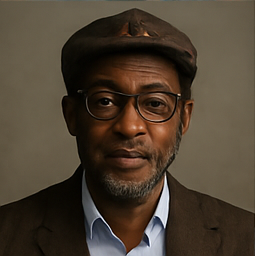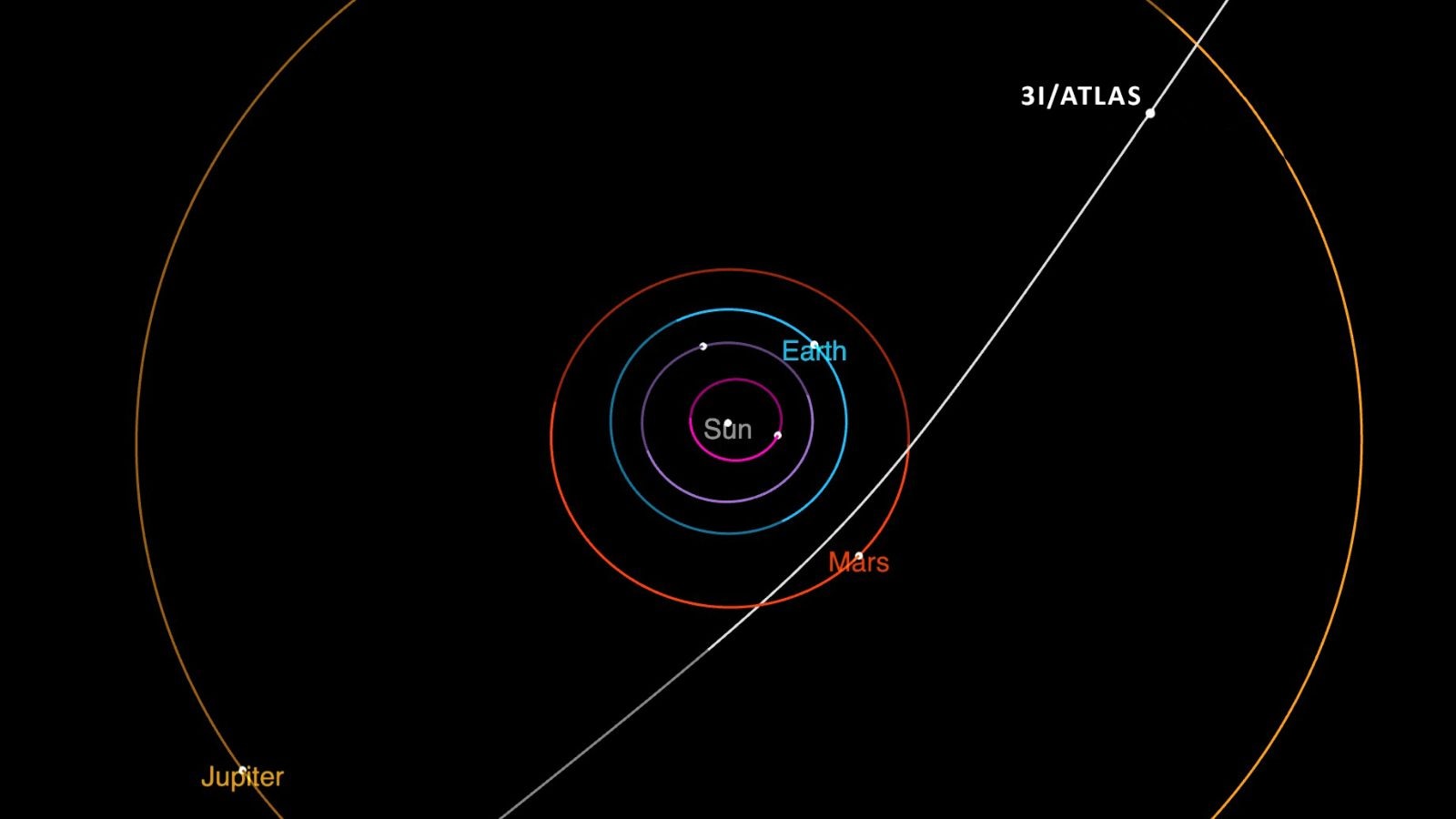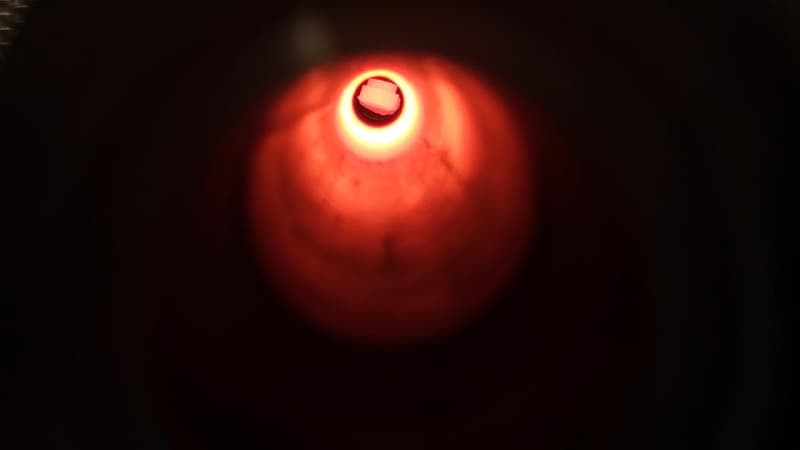Xi Jinping's Inner Circle Faces Unprecedented Instability Amid High-Profile Military Purges
In a striking testament to the ongoing turbulence within the Chinese Communist Party (CCP), the recent disappearance of General He Weidong, a high-ranking military official and co-vice chairman of the Central Military Commission (CMC), underscores President Xi Jinping's increasingly solitary grip on power. Since his last public appearance on March 11, He has been conspicuously absent, a situation that was further highlighted by his absence at the funeral of Xu Qiliang, another prominent military figure and co-vice chairman of the CMC. In the backdrop of China's carefully orchestrated political landscape, such silences are often interpreted as affirmation of a significant political maneuver—most likely his removal from power.
He Weidong's disappearance is part of a broader trend of elite purges that have recently swept through various ranks of Chinese leadership, including the notable removals of former foreign minister Qin Gang and former defense minister Li Shangfu. The trajectory of He’s career has been intimately tied to Xi Jinping; their relationship dates back to their tenure in the Fujian provincial government during the 1990s and 2000s. He was promoted to 'full general'—the highest military rank—in 2017 and ascended to his role as co-vice chairman in 2022, putting him in a position that extended beyond military authority to membership in the Politburo, the CCP's apex decision-making body.
His unexpected ousting just three years into this significant role highlights the fragility and internal strife within the CCP. Although Xi has cultivated an image of a united front, the reality is a high-stakes environment fraught with competing ambitions, ideological rifts, and persistent factional loyalties. His leadership style has been marked by a rigorous consolidation of power and an expansive anti-corruption campaign. However, the frequent dismissals of his own appointees raise serious questions about the stability of the regime he has established.
Complicating matters further is the timing of He's disappearance, which coincides with the upcoming 4th Plenary Session of the 20th Central Committee scheduled for August—a crucial gathering where leadership strategies are often recalibrated. In these politically sensitive times, purges often serve as both a preventive measure and a demonstration of discipline, signaling to both allies and rivals that dissent will not be tolerated.
China's military, the People's Liberation Army (PLA), is also navigating a complex landscape. While conducting joint air and naval exercises in the South China Sea—actions designed to project military might to both regional neighbors and the United States—this instability at the leadership level raises significant concerns about the country's defense capabilities. Xi's tight control over the military is not merely a reaction to external pressures but also a strategy to root out internal corruption and disloyalty.
The pattern of such purges suggests that they are less about individual misconduct and more about addressing factional rivalries and reinforcing Xi's political control. The internal dynamics of the CCP reveal that it is not a monolithic entity; since the time of Mao Zedong, factions have emerged around shared interests, regional affiliations, and ideological beliefs. Although Xi has diminished the influence of traditional factions, such as the Youth League faction and the "princelings" (the children of prominent CCP members), the nature of factionalism has evolved rather than disappeared.
Xi's approach to promotions has been informed by criteria of loyalty and military readiness, yet the growing influence of factions poses a potential threat. Even the most loyal figures can find themselves sidelined if they are perceived as potential risks to Xi's authority. The ongoing purges create an atmosphere of mistrust, undermine morale within the ranks, and complicate the succession question—a crucial issue for the future of the CCP.
As of now, no clear successor has been designated, and the lack of a succession plan can be likened to walking a tightrope; too much clarity could invite imminent challenges, while vagueness breeds factional competition. The absence of a defined successor not only amplifies rivalry within the party but also underscores the precariousness of Xi's own position as he faces potential threats from within the very structures he leads.
The ramifications of He's removal are likely to echo through the corridors of power in Beijing, suggesting that this may not be the last time an influential figure vanishes from the public light. As the stakes of elite competition escalate, Xi may appear unassailable on the surface; however, the hollowing out of his inner circle serves as a stark reminder of the delicate balance of power within the CCP. Ultimately, the fallout from this leadership upheaval reveals a system that increasingly relies on purges over transparency, a strategy that could have profound long-term implications for the CCP.



























